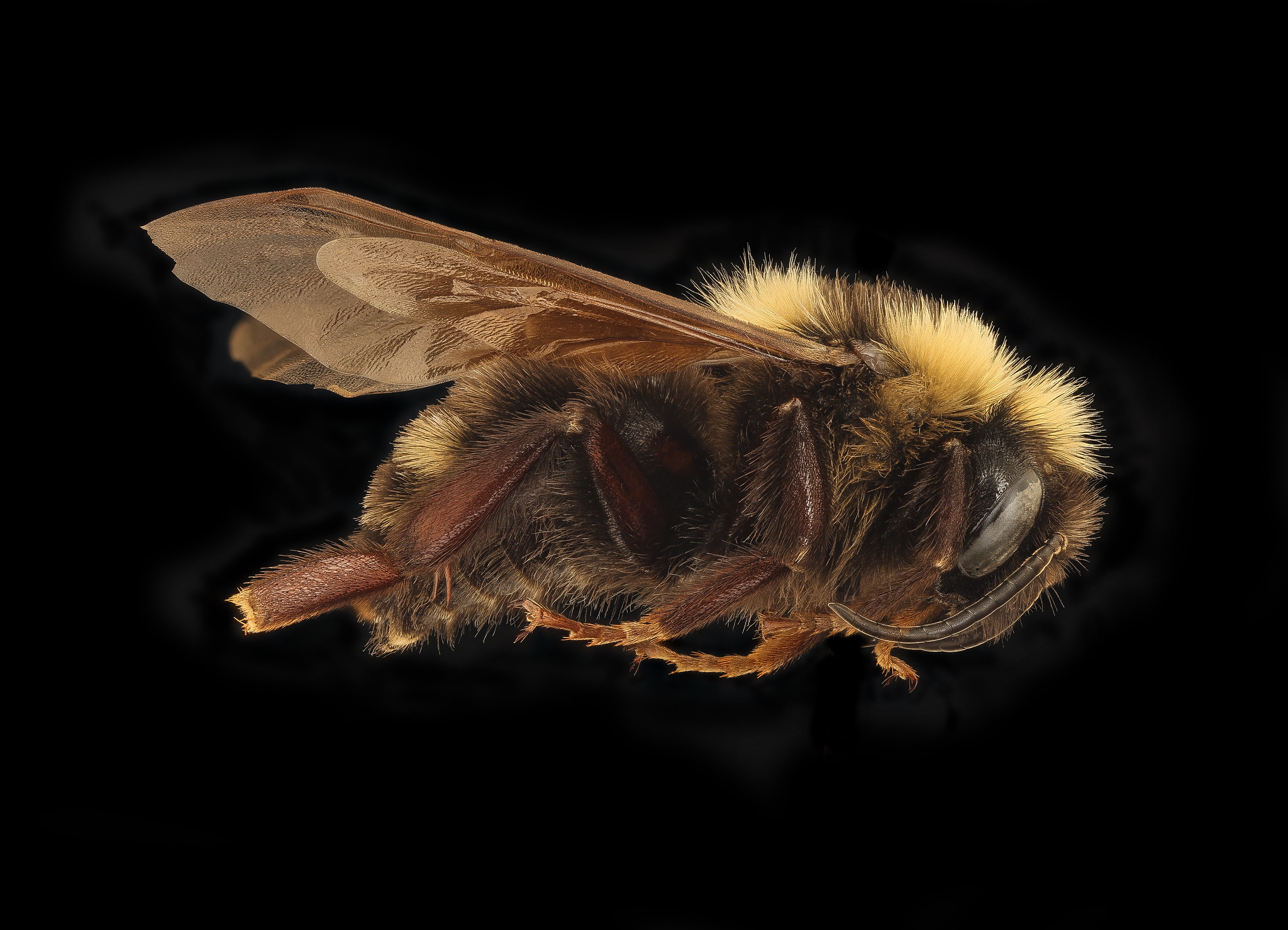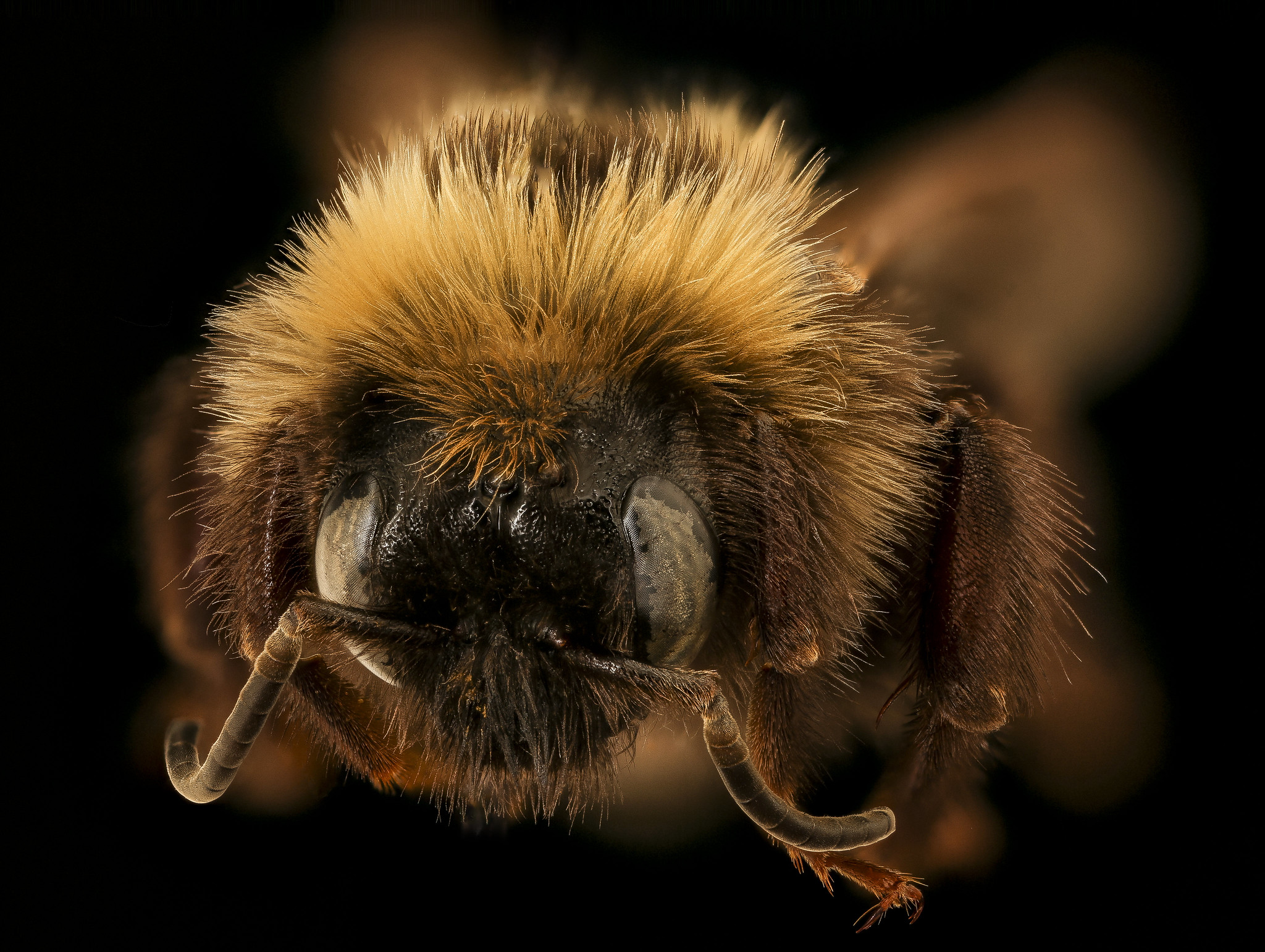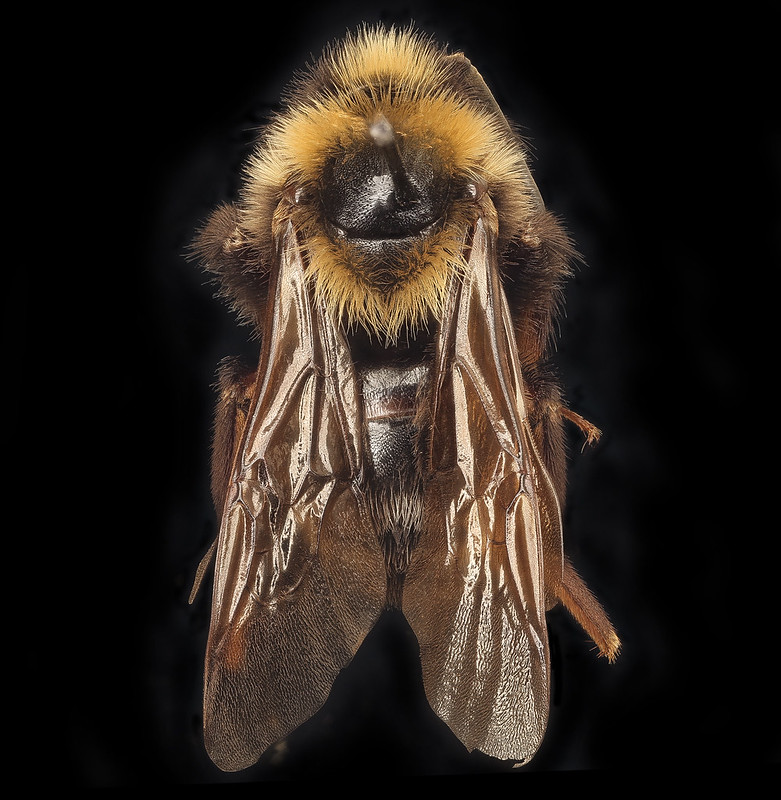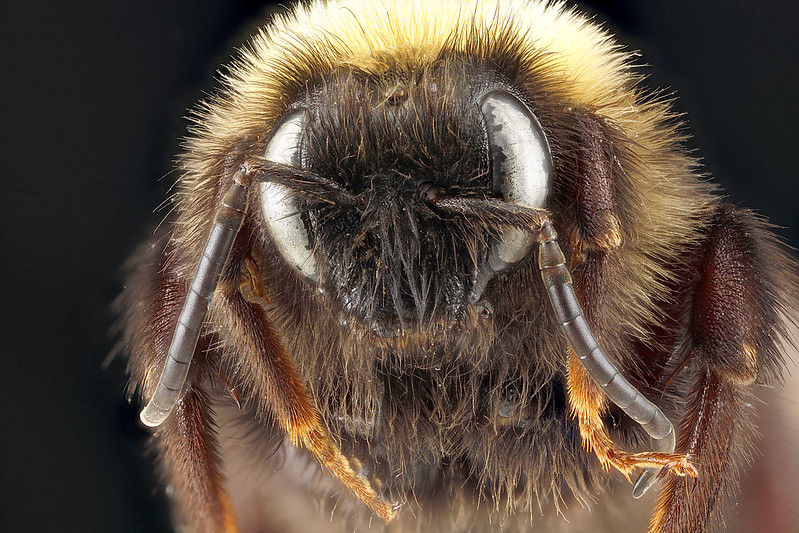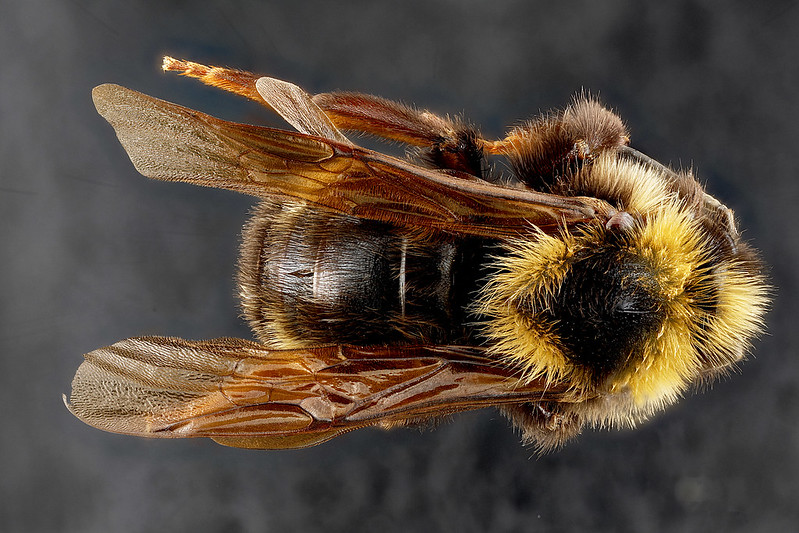Map Snapshot



5 Records
Status
Bombus variabilis is a bee that parasitizes B. pensylvanicus. It is very hard to find in the state now and it is possible there are no recent records at all. This is the one and only specimen (from the 1970s) from Maryland. "B. pensylvanicus went through a crunch a while back and populations dropped. The actual extent of drop and recovery (or not) is unknown, but they are around enough that they are common in my backyard in Maryland (why? Because it is full of big composites like thistle). So, has B. variabilis to be never seen again? Hard to say since it wasn't common to begin with and may have been (probably) been wacked by the same bad pathogens as its hosts, but then again, many uncommon bees are hiding in plain sight as there are few people looking. So, I am going to put a bet out that this species isn't gone, but am not going to be putting out that much money on it." (S. Droege, pers. comm.)
Relationships
Parasitizes B. pensylvanicus.
Seasonality Snapshot
Source: Wikipedia
| Bombus variabilis | |
|---|---|

| |
| Male | |
| Scientific classification | |
| Domain: | Eukaryota |
| Kingdom: | Animalia |
| Phylum: | Arthropoda |
| Class: | Insecta |
| Order: | Hymenoptera |
| Family: | Apidae |
| Genus: | Bombus |
| Subgenus: | Psithyrus |
| Species: | B. variabilis
|
| Binomial name | |
| Bombus variabilis | |
Bombus variabilis is a critically endangered species of cuckoo bumblebee that occurs in North America. It has not been observed in the United States in at least 20 years and is potentially extirpated or extinct.[2]
Bombus variabilis[3] is a parasitic species. Females kill and replace the queens of B. pensylvanicus, taking over their nests in the process. The decline of the latter as hosts can partially be linked to the decline of B. variabilis.[3] This species of bee can be distinguished by the lack of pollen baskets. The bee features have a dark face with yellow hair in its vertex and with dark brown wings. Its thorax has variations between black spots or patches. For females, they only have black abdomens but males can vary in their hair color patterns.[4]
References
[edit]- ^ "Bombus variabilis (Cresson, 1872)". Biolib.cz. Retrieved 3 July 2012.
- ^ Portman, Zachary M.; Gardner, Joel; Lane, Ian G.; Gerjets, Nicole; Petersen, Jessica D.; Ascher, John S.; Arduser, Mike; Evans, Elaine C.; Boyd, Crystal; Thomson, Robin; Cariveau, Daniel P. (16 June 2023). "A checklist of the bees (Hymenoptera: Apoidea) of Minnesota". Zootaxa. 5304 (1): 1–95. doi:10.11646/ZOOTAXA.5304.1.1.
- ^ a b L. Figueroa, Laura; A. Bergey, Elizabeth (October 1, 2015). "Bumble Bees (Hymenoptera: Apidae) of Oklahoma: Past and Present Biodiversity". Journal of the Kansas Entomological Society. 88 (4): 418–429. doi:10.2317/0022-8567-88.4.418.
- ^ Group), Sarina Jepsen (IUCN SSC Bumblebee Specialist; Assessments), Sheila Colla (North American Bumblebee; Society), Sarah Foltz Jordan (Xerces; Richard Hatfield (The Xerces Society, Portland; Robbin Thorp (University of California, Davis; Richardson, Leif (2014-08-19). "IUCN Red List of Threatened Species: Variable Cuckoo Bumblebee". IUCN Red List of Threatened Species. Retrieved 2020-03-06.
